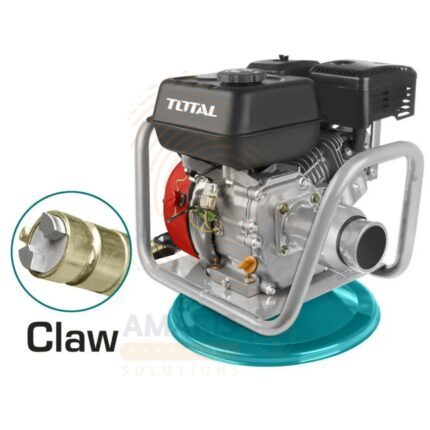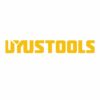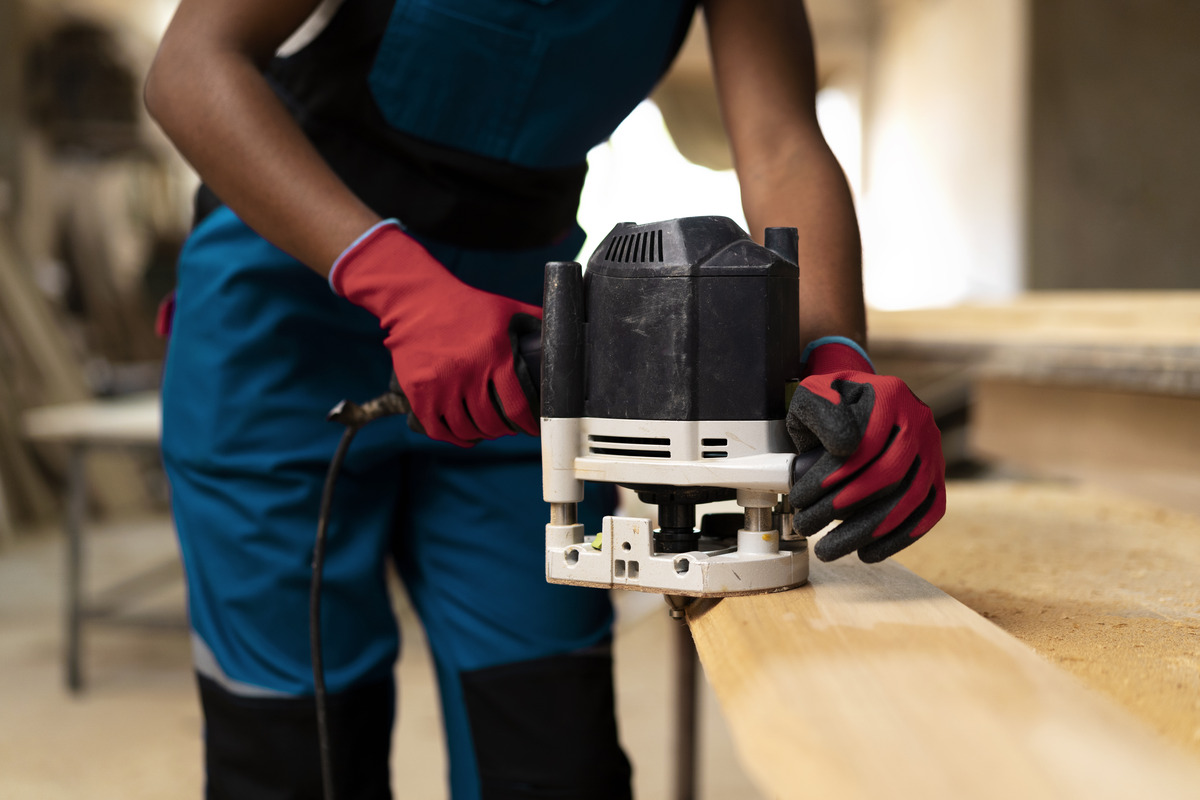
Block Macking Machine
A Block Making Machine is a specialized construction equipment designed to produce high-quality concrete blocks, bricks, and pavers used in building and infrastructure projects. It automates the process of mixing, molding, compacting, and curing concrete materials into consistent, uniform blocks of various sizes and shapes. These machines can be manual, semi-automatic, or fully automatic, depending on their level of automation and production capacity. They are widely used in commercial, industrial, and residential construction projects for producing large volumes of concrete masonry units efficiently.
Compactor
PRODUCT DESCRIPTION
A compactor is a heavy-duty construction machine designed to compress soil, gravel, asphalt, or other materials to increase their density and stability. This equipment is essential for preparing surfaces for roads, foundations, and other infrastructure projects. Compactors come in various types, including plate compactors, roller compactors, and rammer compactors, each suited to specific compaction tasks. Their ability to enhance material stability reduces settling and improves structural integrity, making them indispensable in construction and landscaping.
Concrete Mixer
PRODUCT DESCRIPTION
A concrete mixer is a vital construction machine designed for perfectly blending cement, aggregates (such as sand and gravel), and water into high-quality concrete. It features a rotating drum on a sturdy frame—either powered by electricity, gas, or manually—that keeps the mixture in a homogenous, workable state to ensure consistency with each batch. Concrete mixers mitigate manual labor, speed up work, and guarantee a uniform concrete mix suitable for foundations, slabs, pillars, beams, driveways, and more. Variants include portable barrel mixers for small projects and large-capacity tilt or drum mixers for commercial use, ensuring proper mixing, reducing waste, and improving overall construction efficiency.
Gasoline Concrete Vibrator
PRODUCT DESCRIPTION
A gasoline concrete vibrator is a construction tool powered by a gasoline engine and designed for consolidating and compacting freshly poured concrete. It typically consists of a vibrating head or poker attached to a flexible shaft, which is connected to the engine. The vibrator is inserted into the wet concrete to eliminate air bubbles, improve the overall strength and density of the concrete, and ensure a smooth and uniform finish. The gasoline engine provides the necessary power for the vibration, making the tool versatile and suitable for use in locations where electric power may not be readily available.
Gasoline Concrete Vibrator
A gasoline concrete vibrator is a construction tool powered by a gasoline engine and designed for consolidating and compacting freshly poured concrete. It typically consists of a vibrating head or poker attached to a flexible shaft, which is connected to the engine. The vibrator is inserted into the wet concrete to eliminate air bubbles, improve the overall strength and density of the concrete, and ensure a smooth and uniform finish. The gasoline engine provides the necessary power for the vibration, making the tool versatile and suitable for use in locations where electric power may not be readily available.
Pavement Trowelling
PRODUCT DESCRIPTION
Pavement Trowelling refers to the process of smoothing, finishing, and compacting freshly poured concrete or cement surfaces using a trowel machine—also known as a power trowel or concrete float. This equipment uses rotating blades mounted on a frame (ride-on or walk-behind) to level and polish concrete surfaces, typically in pavements, industrial floors, and large slabs. It enhances the surface strength, appearance, and durability by closing surface pores and bringing fine materials to the top. Pavement trowelling ensures a flat, professional finish that resists wear, dust, and water.
Pavement Trowelling
Pavement Trowelling refers to the process of smoothing, finishing, and compacting freshly poured concrete or cement surfaces using a trowel machine—also known as a power trowel or concrete float. This equipment uses rotating blades mounted on a frame (ride-on or walk-behind) to level and polish concrete surfaces, typically in pavements, industrial floors, and large slabs. It enhances the surface strength, appearance, and durability by closing surface pores and bringing fine materials to the top. Pavement trowelling ensures a flat, professional finish that resists wear, dust, and water.
Plastering Trowel
PRODUCT DESCRIPTION
A plastering trowel is a hand tool used in construction and masonry work for applying and smoothing plaster, stucco, or other similar materials onto walls, ceilings, or other surfaces. It typically consists of a flat, rectangular metal blade with a handle, designed for spreading and finishing plaster evenly, ensuring a smooth and uniform surface. Plastering trowels come in various sizes and shapes to accommodate different aspects of plastering and finishing tasks.
Plastering Trowel with Teeth
PRODUCT DESCRIPTION
A plastering trowel with teeth, commonly known as a "notched trowel" or "toothed trowel," is a specialized hand tool used in construction and masonry for applying adhesive or mortar to surfaces, such as when installing tiles or laying flooring. It is characterized by a flat metal blade with evenly spaced teeth or notches along one or more edges. The teeth help create uniform ridges or grooves in the applied material, ensuring proper adhesion and facilitating an even distribution of the substance onto the substrate. This type of trowel is particularly useful for tasks that require consistent coverage and bonding, such as in the installation of tiles or other similar construction applications.
Plastering Trowel with Teeth – Wood Handle
A plastering trowel with teeth and a wooden handle is a specialized tool used in the field of construction and masonry for applying and texturing plaster or stucco on walls and ceilings. The trowel is characterized by having teeth or serrations on its surface, which create grooves or patterns in the applied material. The wooden handle provides a comfortable grip for the user. This type of trowel is commonly used to achieve specific textures or patterns in plasterwork, adding both decorative and functional elements to the finished surface.
Plastic Nozzle for Alluminuim Caulking Gun
A plastic nozzle for an aluminum caulking gun is a detachable dispensing tip or extension made of plastic that is designed to be attached to the end of an aluminum caulking gun. This nozzle serves as the outlet through which caulk or sealant is dispensed, allowing for precise application and control of the material. The plastic construction of the nozzle ensures compatibility with various types of caulks and sealants, and it is typically designed for easy cleaning and reuse. The combination of a plastic nozzle with an aluminum caulking gun provides a durable and versatile tool for applying sealants in construction, home improvement, or other similar applications.
Professional Manual Tile Cutter
A professional manual tile cutter is a specialized tool designed for accurately and cleanly cutting ceramic or porcelain tiles during the installation process. It typically consists of a sturdy base, a scoring wheel or blade, and a handle. The user places the tile on the cutter, scores a line on the surface of the tile using the cutting wheel, and then applies pressure to break the tile along the scored line. Professional manual tile cutters are known for their precision, efficiency, and the ability to produce clean and straight cuts, making them essential for professional tile installers and DIY enthusiasts working on tiling projects.
Putty Knife – Bi Material Handle
A putty knife with a bi-material handle refers to a tool used for scraping and spreading putty, filler, or other materials, featuring a handle made from two different materials. The bi-material handle typically incorporates a combination of materials such as rubber, plastic, or another soft and comfortable grip material for ergonomic handling, along with a more rigid material for durability and structural support. This design aims to provide users with a comfortable grip while ensuring the tool remains sturdy and effective for its intended purposes.
Putty Trowel-Stainless Steel
A putty trowel, specifically one made of stainless steel, is a handheld tool designed for applying and smoothing putty or plaster onto surfaces such as walls, ceilings, or other construction materials. The tool typically consists of a flat, narrow, and flexible stainless steel blade that allows for precise application and smoothing of putty or other similar materials. The stainless steel construction provides durability, resistance to corrosion, and easy cleaning, making it a preferred choice for professionals in the construction and finishing trades.
Six Sided Angle Measuring Tool
A six-sided angle measuring tool, commonly known as a hexagonal protractor, is a geometric instrument with six equal sides and six internal angles, each measuring 120 degrees. This tool is specifically designed to facilitate the measurement and drawing of angles in various applications, such as geometry and engineering. The angles are typically marked or calibrated along the edges, allowing users to accurately determine and replicate specific angular measurements during drafting or other precision tasks.
Square Cement Blender
A square cement blender typically refers to a piece of equipment used in construction and concrete-related applications. It is a machine designed to mix cement, sand, gravel, and water thoroughly to produce a uniform and homogenous mixture, commonly known as concrete. The "square" aspect of the term may refer to the shape of the blender's mixing drum or container.
In essence, a square cement blender is a construction tool utilized to efficiently combine and blend the essential components of concrete, facilitating the preparation of a consistent and workable material for various building projects.
Tile Cutter
A tile cutter is a manual or powered tool specifically designed for cutting ceramic, porcelain, or other types of tiles. It typically consists of a sharp cutting wheel or blade that is guided along a straight edge to score the tile's surface. After scoring, the tile is then snapped or separated along the scored line, resulting in a clean and precise cut. Tile cutters are widely used in construction, home improvement, and tiling projects to achieve accurate and customized tile sizes for various installations.
Tile Grout Float
A tile grout float is a tool used in the process of installing ceramic or stone tiles. It typically consists of a flat, rectangular or square-shaped rubber or foam pad attached to a handle. The purpose of a tile grout float is to apply and spread grout into the joints between tiles. The flat surface of the float helps ensure an even distribution of grout and allows for effective filling of spaces between tiles. After the grout is applied, excess grout can be wiped away with the edge of the float. Overall, a tile grout float is an essential tool for achieving a clean and professional finish when grouting tile installations.
Tile Spacer
A tile spacer is a small, typically plastic or cross-shaped tool used in the installation of tiles. Its primary function is to maintain consistent and uniform gaps between tiles during the installation process. These gaps, known as grout lines, ensure that tiles are evenly spaced and allow for the application of grout, which helps secure the tiles in place and provides a finished look to the tiled surface. Tile spacers come in various sizes to accommodate different spacing preferences and tile dimensions, contributing to a professional and aesthetically pleasing tile installation.


 Acrylic Sealants
Acrylic Sealants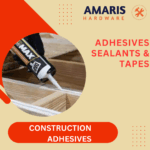 Construction Adhesives
Construction Adhesives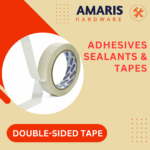 Double-Sided Tape
Double-Sided Tape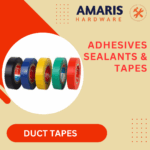 Duct Tape
Duct Tape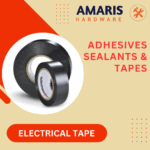 Electrical Tape
Electrical Tape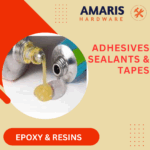 Epoxy & Resins
Epoxy & Resins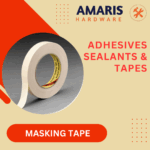 Masking Tape
Masking Tape
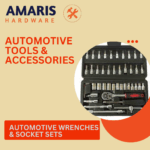 Automotive Wrenches & Socket Sets
Automotive Wrenches & Socket Sets Battery Chargers & Jump Starters
Battery Chargers & Jump Starters Car Jacks & Stands
Car Jacks & Stands Car Wash & Detailing Products
Car Wash & Detailing Products Diagnostic Tools
Diagnostic Tools Tire Inflators
Tire Inflators Vehicle Lighting
Vehicle Lighting Oil & Lubricants
Oil & Lubricants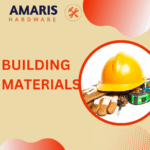
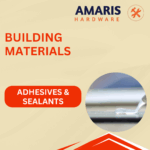 Adhesives & Sealants
Adhesives & Sealants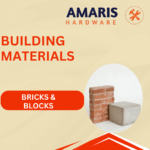 Bricks & Blocks
Bricks & Blocks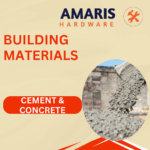 Cement & Concrete
Cement & Concrete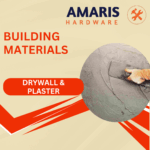 Drywall & Plaster
Drywall & Plaster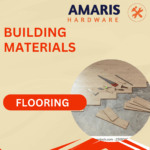 Flooring (Tiles, Wood, Laminate)
Flooring (Tiles, Wood, Laminate)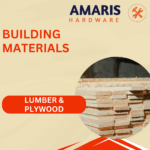 Lumber & Plywood
Lumber & Plywood Paints, Primers & Coatings
Paints, Primers & Coatings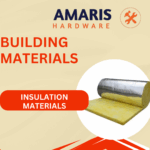 Insulation Materials
Insulation Materials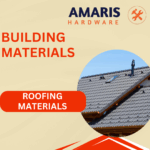 Roofing Materials
Roofing Materials
 Circuit Breakers
Circuit Breakers Electrical Cables & Wires
Electrical Cables & Wires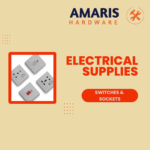 Switches & Sockets
Switches & Sockets Fuses & Relays
Fuses & Relays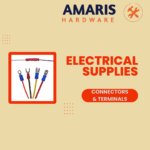 Connectors & Terminals
Connectors & Terminals Electrical Boxes & Panels
Electrical Boxes & Panels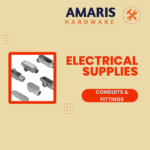 Conduit & Fittings
Conduit & Fittings Lighting Fixtures & Bulbs
Lighting Fixtures & Bulbs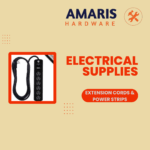 Extension Cords & Power Strips
Extension Cords & Power Strips
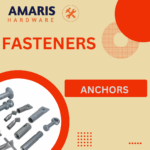 Anchors
Anchors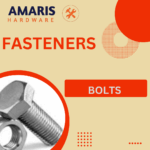 Bolts
Bolts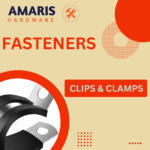 Clips & Clamps
Clips & Clamps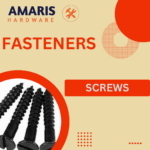 Screws
Screws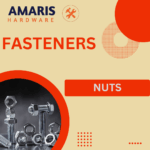 Nuts
Nuts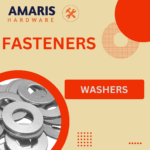 Washers
Washers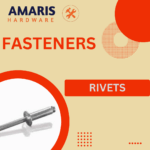 Rivets
Rivets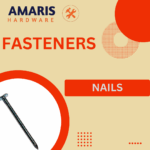 Nails
Nails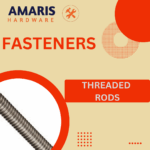 Threaded Rods
Threaded Rods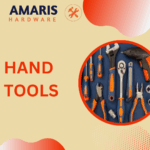
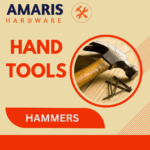 Hammers
Hammers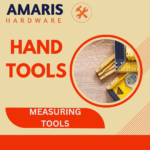 Measuring Tools (Tapes, Levels, Calipers)
Measuring Tools (Tapes, Levels, Calipers)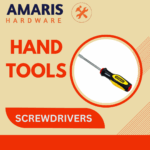 Screwdrivers
Screwdrivers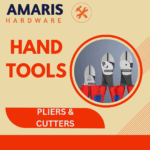 Pliers & Cutters
Pliers & Cutters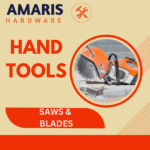 Saws & Blades
Saws & Blades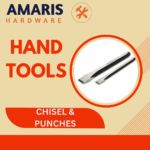 Chisels & Punches
Chisels & Punches Allen Keys & Hex Keys
Allen Keys & Hex Keys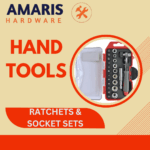 Ratchets & Socket Sets
Ratchets & Socket Sets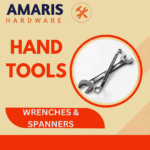 Wrenches & Spanners
Wrenches & Spanners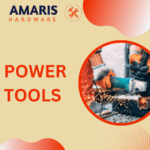
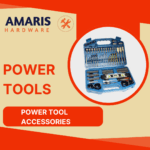 Power Tool Accessories (Blades, Bits, Discs)
Power Tool Accessories (Blades, Bits, Discs)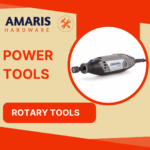 Rotary Tools
Rotary Tools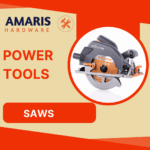 Saws (Circular, Jigsaw, Reciprocating)
Saws (Circular, Jigsaw, Reciprocating)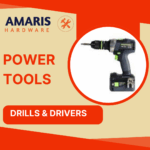 Drills & Drivers
Drills & Drivers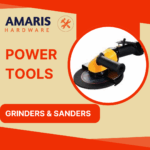 Grinders & Sanders
Grinders & Sanders Heat Guns
Heat Guns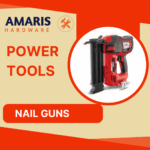 Nail Guns
Nail Guns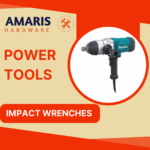 Impact Wrenches
Impact Wrenches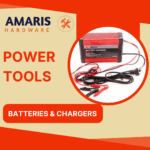 Batteries & Chargers
Batteries & Chargers
 Pipes & Fittings (PVC, Copper, PEX)
Pipes & Fittings (PVC, Copper, PEX)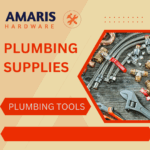 Plumbing Tools
Plumbing Tools Pumps & Motors
Pumps & Motors Sealants & Adhesives for Plumbing
Sealants & Adhesives for Plumbing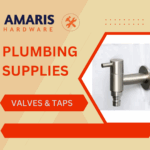 Valves & Taps
Valves & Taps Water Heaters
Water Heaters Drainage Systems
Drainage Systems Faucets & Fixtures
Faucets & Fixtures Hoses & Tubing
Hoses & Tubing
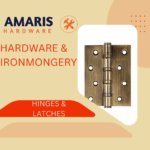 Hinges & Latches
Hinges & Latches Hooks & Brackets
Hooks & Brackets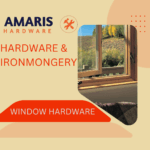 Window Hardware
Window Hardware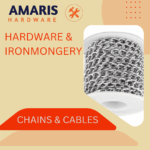 Chains & Cables
Chains & Cables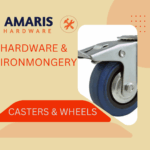 Casters & Wheels
Casters & Wheels Shelving & Storage Systems
Shelving & Storage Systems Door Handles & Locks
Door Handles & Locks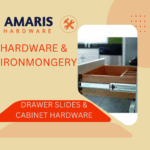 Drawer Slides & Cabinet Hardware
Drawer Slides & Cabinet Hardware
 Personal Protective Equipment (PPE)
Personal Protective Equipment (PPE) Respirators & Masks
Respirators & Masks Safety Glasses
Safety Glasses Safes
Safes Security Cameras
Security Cameras Gloves
Gloves Helmets
Helmets Ear Protection
Ear Protection Fire Safety Equipment
Fire Safety Equipment Locks & Padlocks
Locks & Padlocks Motion Sensors & Alarms
Motion Sensors & Alarms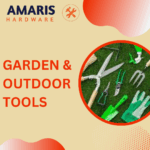
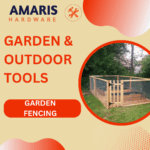 Garden Fencing
Garden Fencing Garden Furniture Hardware
Garden Furniture Hardware Lawn Mowers
Lawn Mowers Trimmers & Edgers
Trimmers & Edgers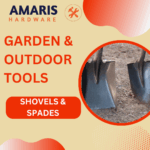 Shovels & Spades
Shovels & Spades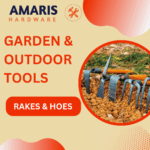 Rakes & Hoes
Rakes & Hoes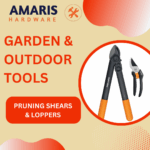 Pruning Shears & Loppers
Pruning Shears & Loppers Watering Systems (Hoses, Sprinklers, Nozzles)
Watering Systems (Hoses, Sprinklers, Nozzles)
 Interior Paints
Interior Paints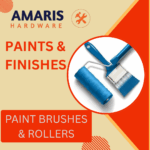 Paint Brushes & Rollers
Paint Brushes & Rollers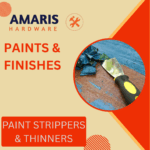 Paint Strippers & Thinners
Paint Strippers & Thinners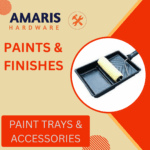 Paint Trays & Accessories
Paint Trays & Accessories Exterior Paints
Exterior Paints Spray Paints
Spray Paints Primers & Undercoats
Primers & Undercoats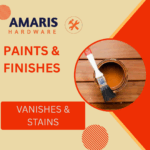 Varnishes & Stains
Varnishes & Stains
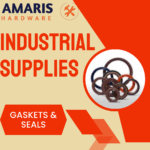 Gaskets & Seals
Gaskets & Seals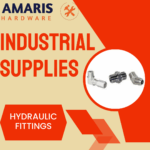 Hydraulic Fittings
Hydraulic Fittings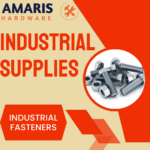 Industrial Fasteners
Industrial Fasteners Industrial Hoses
Industrial Hoses Lubricants & Greases
Lubricants & Greases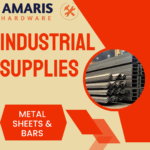 Metal Sheets & Bars
Metal Sheets & Bars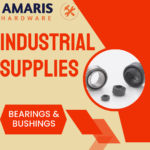 Bearings & Bushings
Bearings & Bushings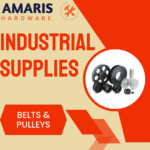 Belts & Pulleys
Belts & Pulleys
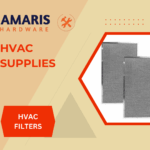 HVAC Filters
HVAC Filters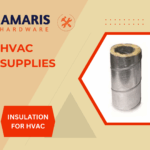 Insulation for HVAC
Insulation for HVAC Air Conditioners
Air Conditioners Refrigerants
Refrigerants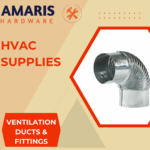 Ventilation Ducts & Fittings
Ventilation Ducts & Fittings Thermostats & Controllers
Thermostats & Controllers Fans & Blowers
Fans & Blowers
 Pegboards & Hooks
Pegboards & Hooks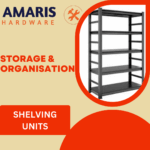 Shelving Units
Shelving Units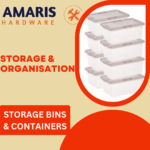 Storage Bins & Containers
Storage Bins & Containers Toolboxes & Tool Chests
Toolboxes & Tool Chests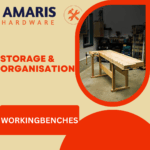 Workbenches
Workbenches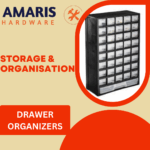 Drawer Organizers
Drawer Organizers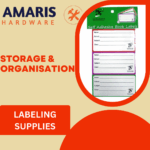 Labeling Supplies
Labeling Supplies
 Welding Accessories (Clamps, Brushes)
Welding Accessories (Clamps, Brushes)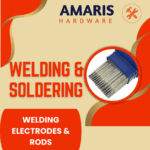 Welding Electrodes & Rods
Welding Electrodes & Rods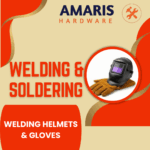 Welding Helmets & Gloves
Welding Helmets & Gloves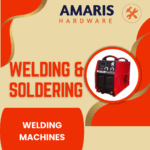 Welding Machines
Welding Machines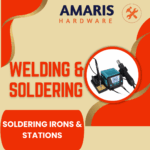 Soldering Irons & Stations
Soldering Irons & Stations Flux & Solder Wire
Flux & Solder Wire
 Generator Accessories
Generator Accessories Inverters
Inverters Portable Generators
Portable Generators Power Inverters
Power Inverters Transfer Switches
Transfer Switches Diesel & Gasoline Generators
Diesel & Gasoline Generators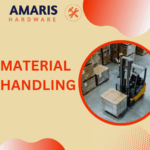
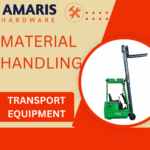 Transport Equipment: Carts, Dollies, and Hand Trucks
Transport Equipment: Carts, Dollies, and Hand Trucks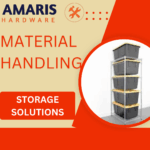 Storage Solutions: Pallets, Racks, and Containers
Storage Solutions: Pallets, Racks, and Containers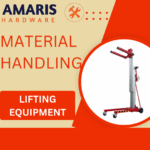 Lifting Equipment: Hoists, Cranes, and Jacks
Lifting Equipment: Hoists, Cranes, and Jacks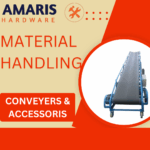 Conveyors and Accessories: Belts and Rollers
Conveyors and Accessories: Belts and Rollers
